If you’re the kind of person who doesn’t mind getting knee-deep in mud, swatting mosquitoes the size of your thumb, and running a boat through cypress stumps at sunrise, this list is for you. The South’s got swamps and bayous that’ll test your grit, your gear, and your patience—but they’ll also pay off if you know how to work ‘em.
Big hogs, bull reds, gators, ducks—you name it. This list is for folks who like their boots wet and their hands dirty.
Atchafalaya Basin, Louisiana
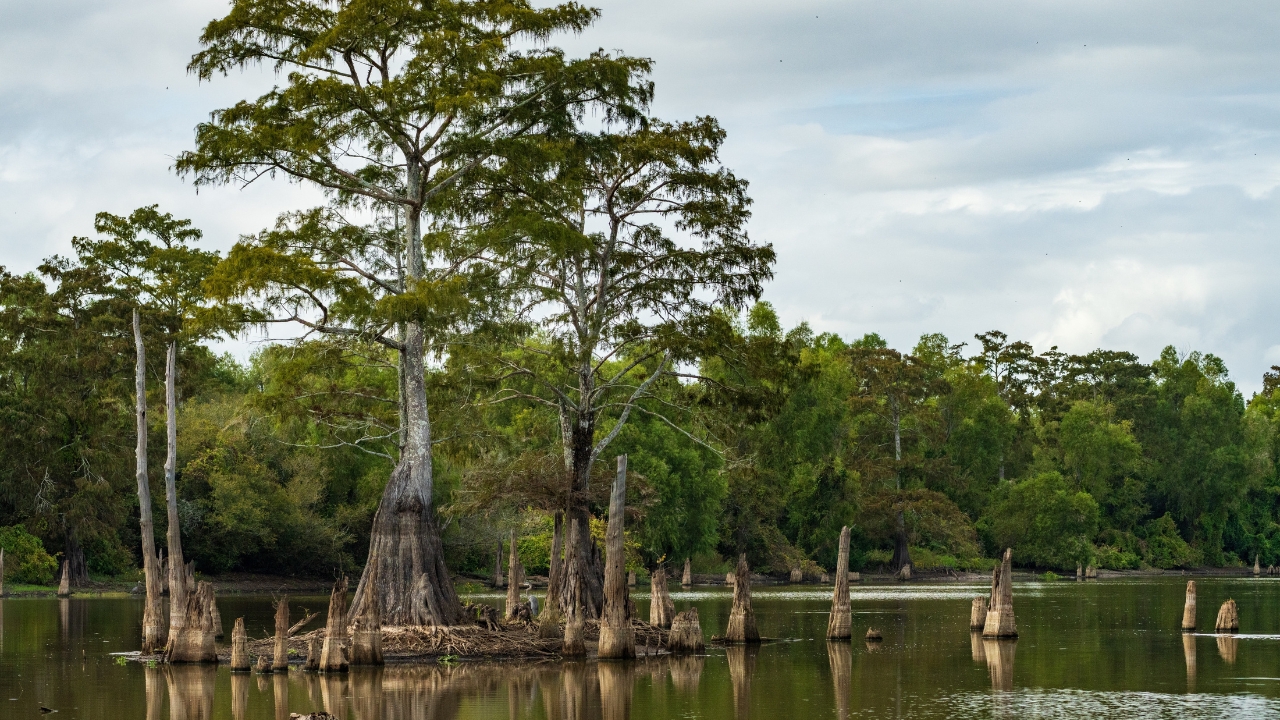
This is the kind of place that’ll humble you real quick. The Atchafalaya is the largest swamp in the U.S., and it’s got just about everything—gators, hogs, ducks, and a whole mess of fish. If you can’t get on something out here, you’re doing it wrong.
Navigating the place takes some know-how. It’s easy to get turned around in the maze of bayous and backwater. But if you put in the time and learn it, there’s no better place to chase wild game or pull a monster catfish out of the mud.
Big Cypress National Preserve, Florida

Big Cypress is wild country, plain and simple. You’re not far from the Everglades, and the terrain is just as gnarly. If you’re into hog hunting or going after whitetail in the thick stuff, this is your spot. Just be ready for heat, snakes, and sawgrass that’ll chew up your boots.
Fishing’s solid too, especially for bass and panfish in the canals and sloughs. You’ll need a flat-bottom or an airboat to really move around, and bug spray isn’t optional. This is true Florida swamp hunting—sweaty, muddy, and worth every second.
Okefenokee Swamp, Georgia/Florida
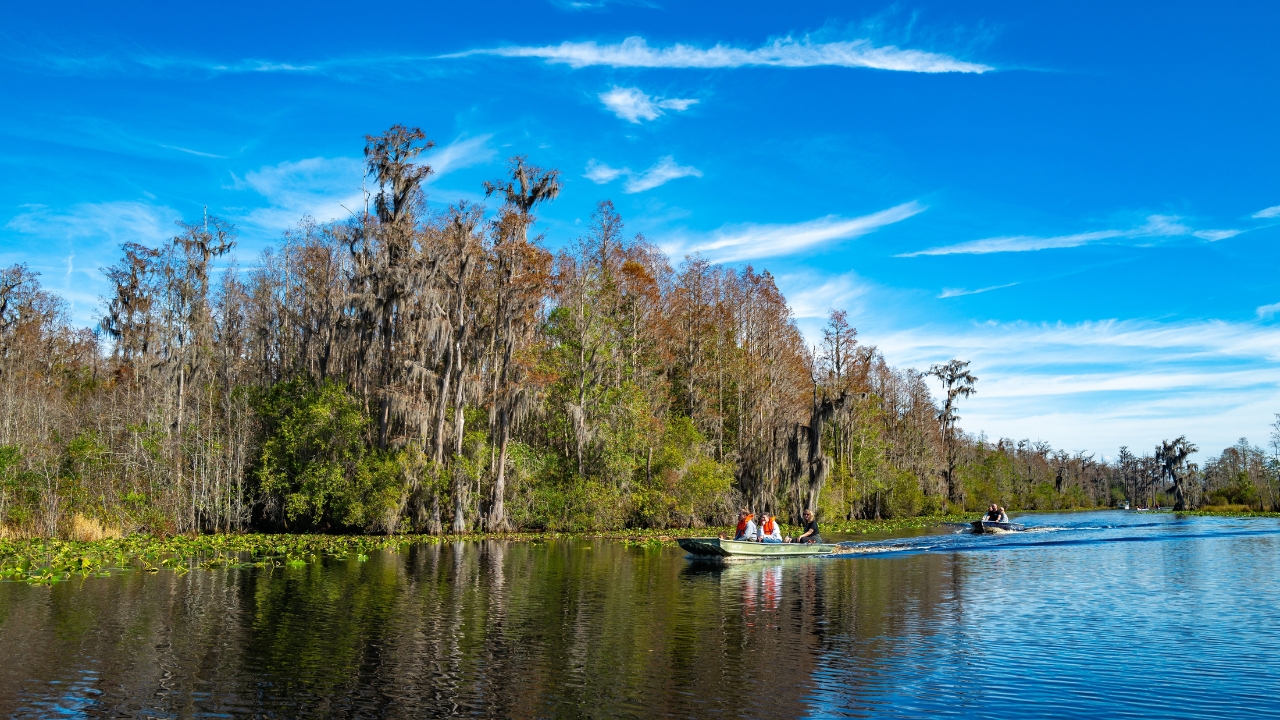
Okefenokee’s got that deep, old-school swamp feel—blackwater, cypress knees, and gators watching you from every direction. Duck hunting can be hit or miss depending on water levels, but the fishing is always solid. Chain pickerel, bowfin, and big bull bream are all over.
If you’re going to hunt or trap here, you better know the rules and scout hard. The terrain changes fast and access isn’t always easy. But if you’re up for the challenge, it’s one of the most rewarding places to get after it in the Deep South.
Reelfoot Lake, Tennessee

Reelfoot was made by an earthquake, and the place still feels a little wild. It’s shallow, full of stumps, and loaded with crappie, bluegill, and bass. During duck season, it’s one of the top public hunting lakes in the country. Just expect some competition.
There’s a reason folks have been hunting and fishing here for generations. It’s productive. It’s tough. And it’s the kind of spot where a local might outshoot you from a homemade blind. Come prepared, scout hard, and respect the regulars—they’ve earned their spots.
Honey Island Swamp, Louisiana
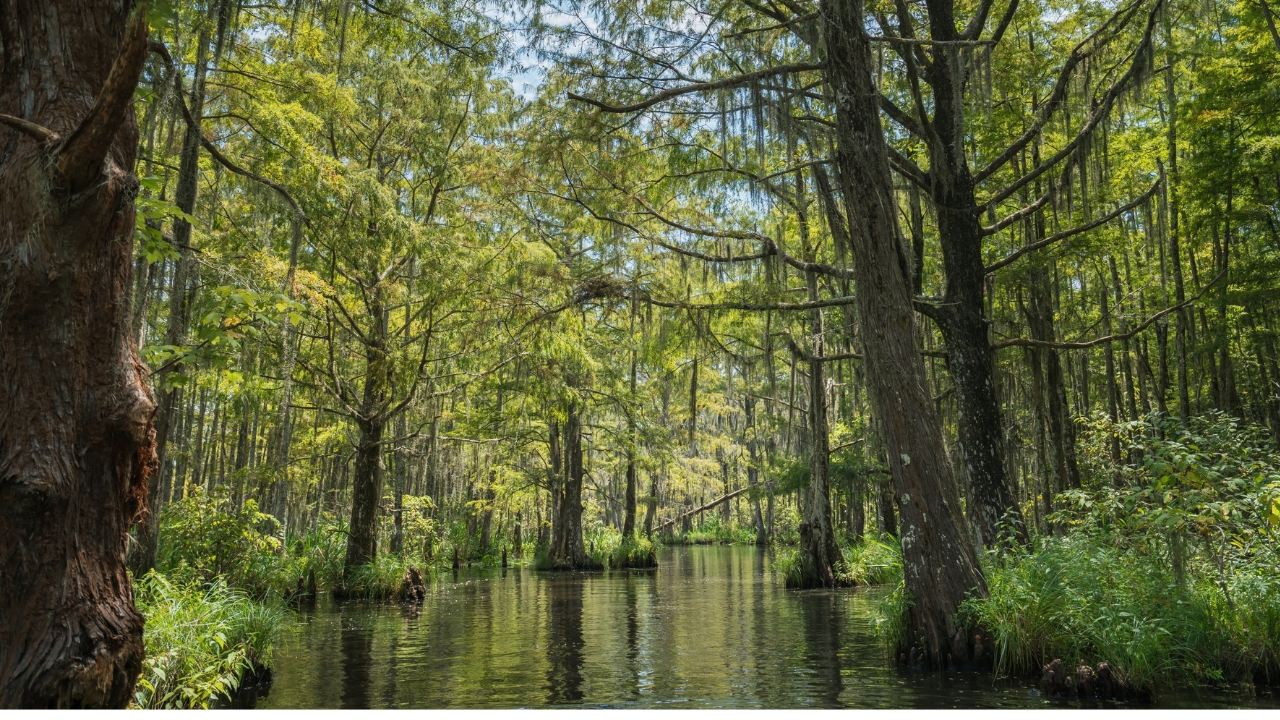
Honey Island isn’t big, but it’s thick and gnarly. Tucked in southeast Louisiana, this swamp holds good hog numbers and more gators than you can count. It’s a great place to get deep into the woods without needing to drive hours from town.
Fishing’s decent too—expect gar, cats, and some bass in the backwaters. You’ll need a shallow-running boat and a solid sense of direction. This isn’t some guided tour swamp. If you’re gonna hunt or fish it right, you better come ready to work for it.
Mobile-Tensaw Delta, Alabama
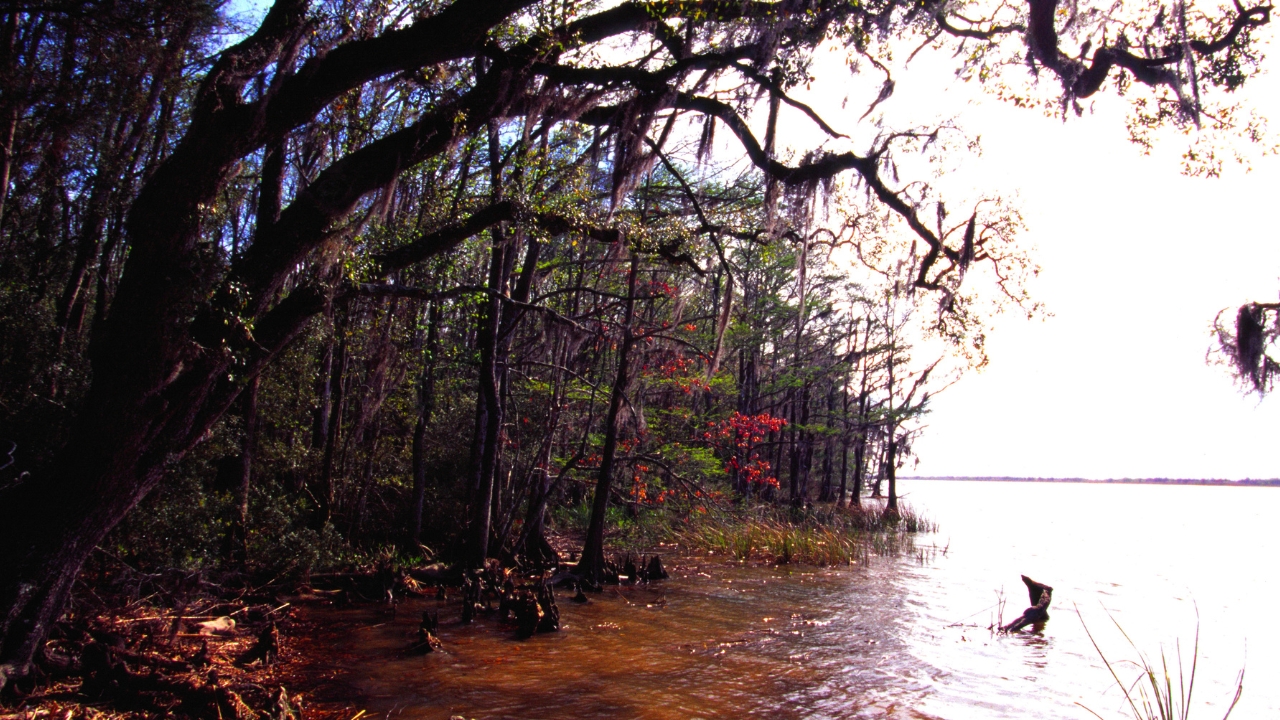
This delta is a maze of channels, backwaters, and flooded timber—and it’s crawling with game. Deer, hogs, ducks—you name it. It’s also one of the best places in the South for bowfishing and chasing big gar and catfish.
Access can be tricky, especially after heavy rain, but the payoff is real. If you’ve got a mud boat or know how to work a pirogue, you’ll be just fine. It’s the kind of place that rewards local knowledge, so talk to folks, scout often, and stay after it.
Sabine National Wildlife Refuge, Louisiana
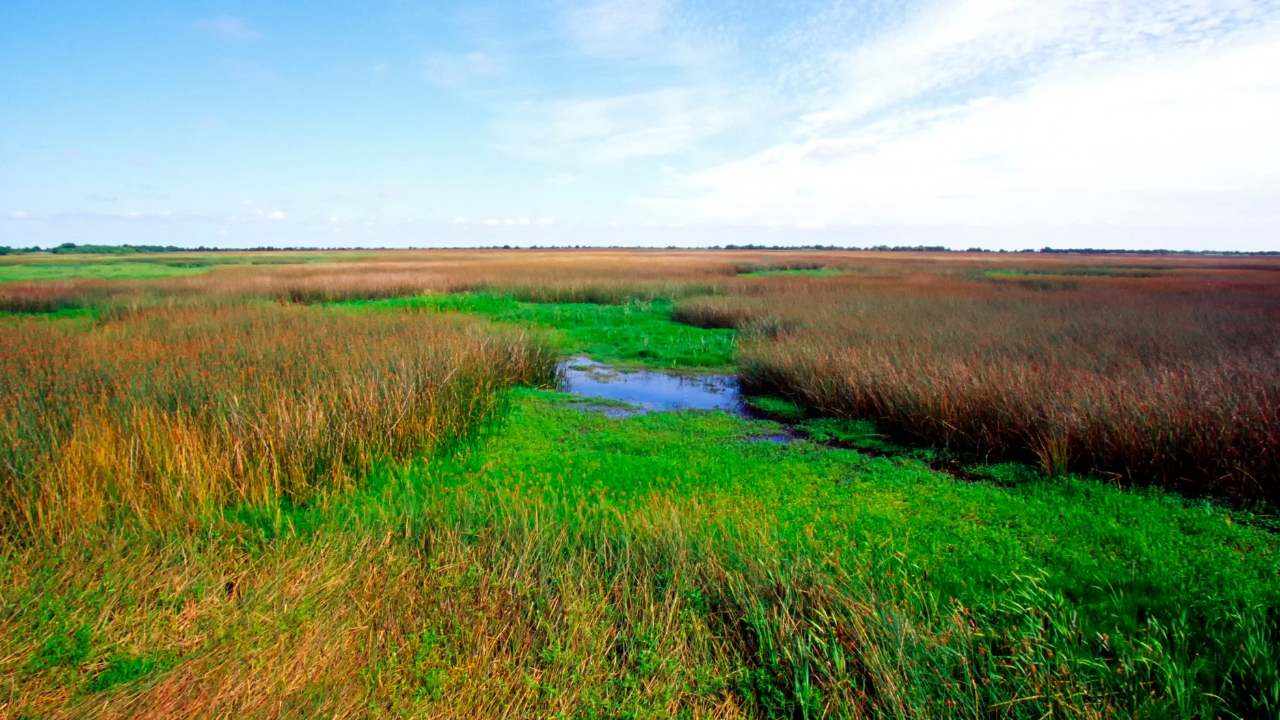
Down near the Gulf, Sabine is about as swampy as it gets. This place is a go-to for duck hunters, especially if you’ve got a boat that can move through shallow marsh. Teal and gadwall are common, and big flocks move through during migration.
Fishing’s not bad either—lots of redfish and specks in the brackish parts, and you’ll find bass and panfish further inland. Just know it gets hot, buggy, and messy fast. You’re not gonna stay dry out here, so don’t even try. Come ready to grind.
Congaree River Swamp, South Carolina
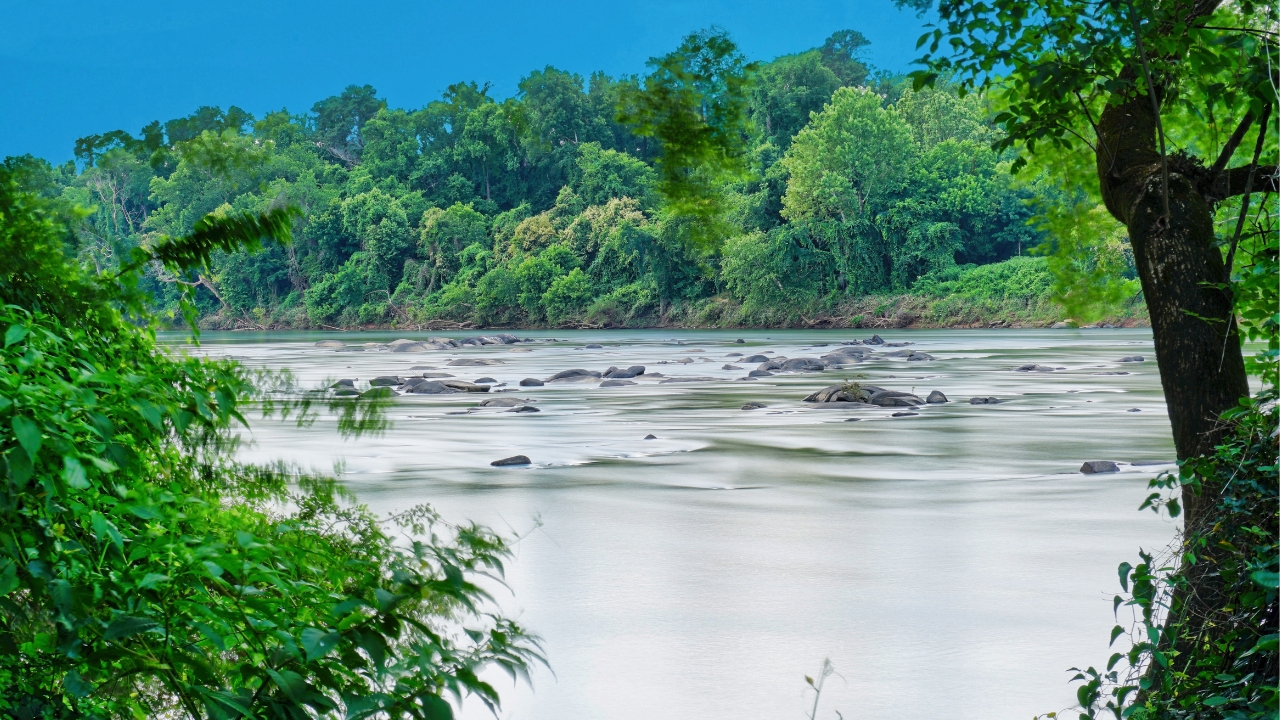
Congaree doesn’t get the same hype as other spots, but it’s solid. This floodplain swamp near Columbia has hogs, deer, and small game. It’s public land, so you’ve got to work around pressure, but there are pockets where you can still get away from folks.
The river’s also worth fishing, especially for cats and bream. The water rises and falls quick with the rain, so check conditions before you go. It’s a good mix of access and wild, especially if you know how to work a kayak or canoe into tight places.
Felsenthal National Wildlife Refuge, Arkansas
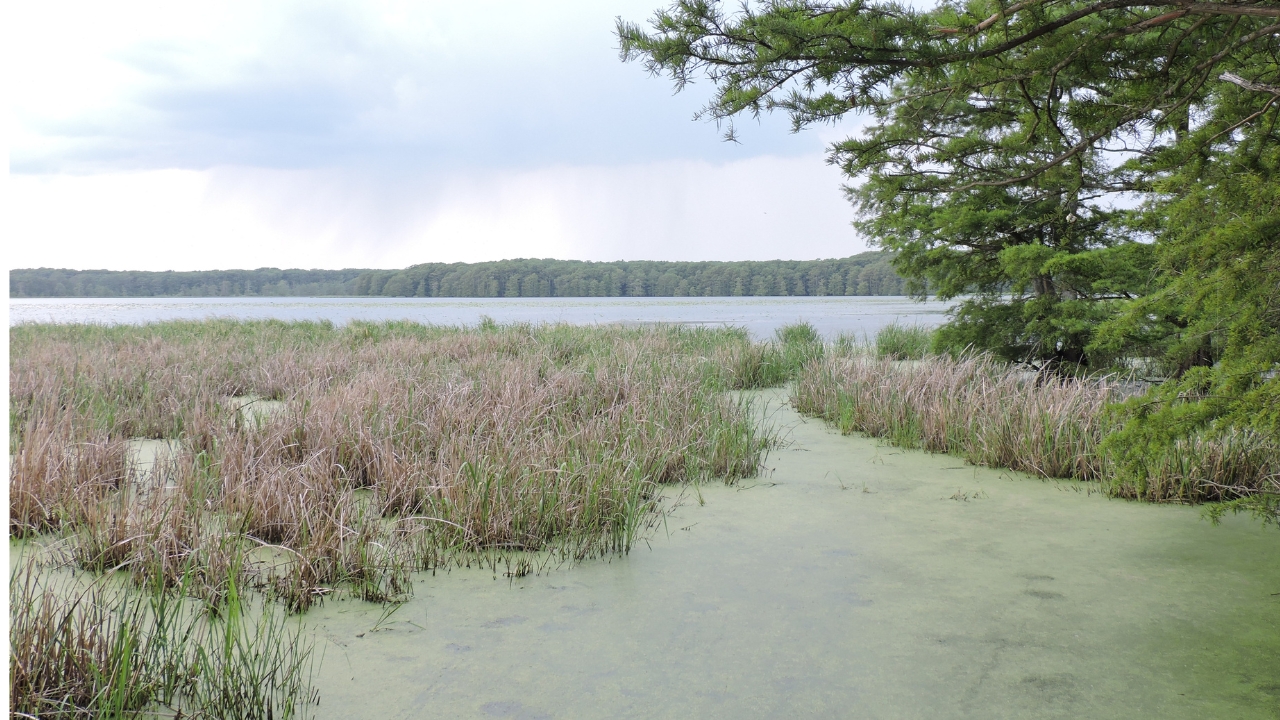
Felsenthal flies under the radar, which is just the way a lot of folks like it. This swampy bottomland is packed with hardwoods, sloughs, and back channels. Duck hunting can be excellent, and there’s good deer and hog sign in the more remote sections.
Fishing is strong too—crappie and catfish especially. Water levels can mess with your plans, so it pays to scout ahead and stay flexible. If you’ve got a small boat or kayak and don’t mind getting muddy, you’ll find some real opportunity here.
Barataria Preserve, Louisiana
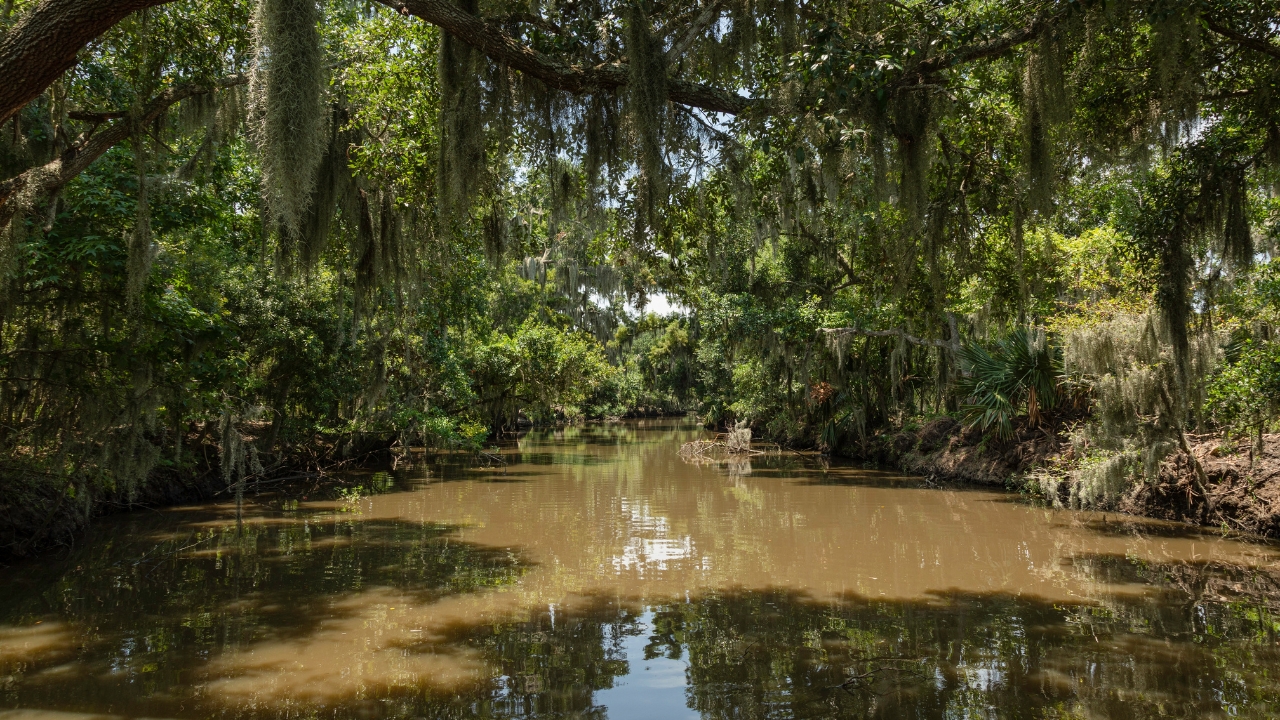
Barataria’s part of Jean Lafitte National Park, but don’t let that fool you—it’s still wild in all the right ways. Hunting’s limited and seasonal, but fishing is where this place shines. Reds, specks, and bass all call this swamp home, especially in the warmer months.
The trails and paddling routes give you easy access to a lot of shallow water that doesn’t see much pressure. You’ll run into gators, snakes, and plenty of bugs, but that’s just part of the deal. It’s Louisiana swamp fishing the way it should be.
*This article was developed with AI-powered tools and has been carefully reviewed by our editors.






